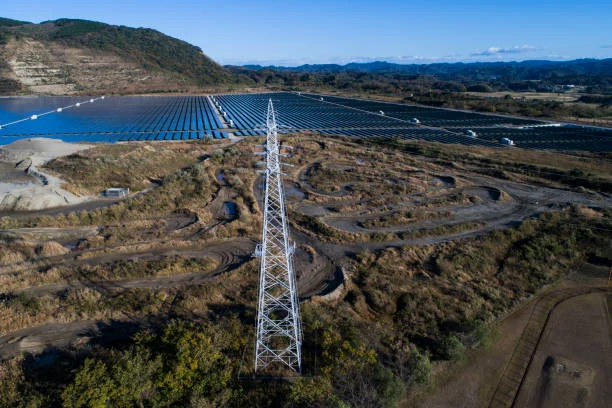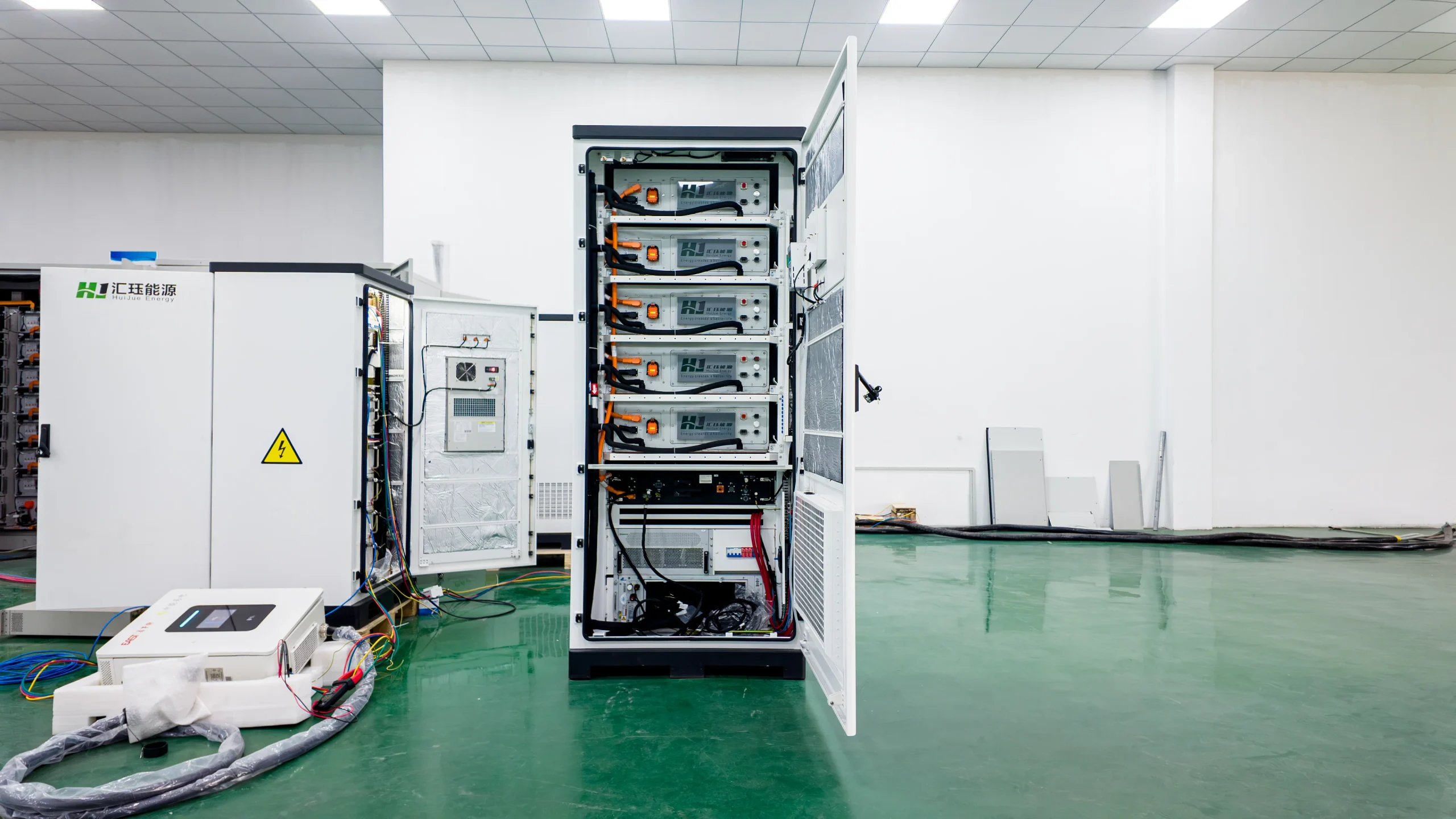2025-05-06
Sierra Leone is set on a path towards an 85% renewable electricity mix by 2030 under Sierra Leone's Green Energy Strategy, based on solar, mini-grids, and small hydro with pilot battery energy storage projects to tackle chronic power shortages and rural electrification gaps. BESS integration with these systems will be able to offer smoothing of variable solar supply and enable demand-side management but is faced with high capital cost, technical interoperability, regulatory uncertainty, and harsh operating conditions. New off-grid and micro-grid projects—such as RESPITE solar-mini-grids to 28 communities and the 45 MW Newton PV power plant—demonstrate concrete health, education, and economic benefits. Looking ahead, modular solutions such as Huijue's Outdoor Liquid-Cooled Energy Storage Cabinet 233KWh with intelligent AI‐based Energy managerment System are a solution to climatic and space constraints, introducing more resilience and dispatchability to Sierra Leone's new renewable infrastructure.

The audience for this blog is four main groups:
To command attention, tone takes on a mix of industry terminology and colloquialism—witness "batteries as digital sand dams banking sunshine," a rhetorical reference to local topsoil conditions—while structuring content with topical H2/H3 headings, bullet points, and call-out boxes for important data points.
Sierra Leone has committed to 85% renewable electricity capacity by 2030, facilitated by the Rural Renewable Energy Project, which has already brought solar + BESS micro-grids to over 346,000 beneficiaries. Pillars of significance are:
This multi-pronged approach balances cost, resource availability, and grid resilience, all integrated in the national Investment Plan funded by a $300k CIF grant.
Coupling BESS with Sierra Leone's grid creates a wide range of benefits:
However, actual integration needs more than hardware—it needs well-designed Energy managerment System rules, smart SCADA integration, and structured interconnection protocols for secure operation.
Despite the benefit, four fundamental challenges emerge:
High Capital and Lifecycle Costs:
These need to be addressed holistically—through policy reform, standards alignment, and innovative engineering to turn challenges into opportunities.

Huijue's Outdoor Liquid-Cooled Energy Storage Cabinet 233KWh is designed specifically for tropical climates of high harshness:
By pairing these cabinets with solar panels, developers can deliver 24/7 energy for off-grid hospitals, schools, and mini-grids, translating strategic vision into tangible community value.
Anecdotes & Industry Insights
Me neither, but I figure it's the kind of welcome surprise rural technicians get when a BESS boots up at dawn—like a watchman rising to duty. On a recent visit to the site, I sat with a community elder who had started calling the battery house "the green generator," marveling that it produced electricity without the smoke or smell of kerosene. It's moments like these—where technology meets human story—that remind us of the true value of energy storage to change lives, not just grids.